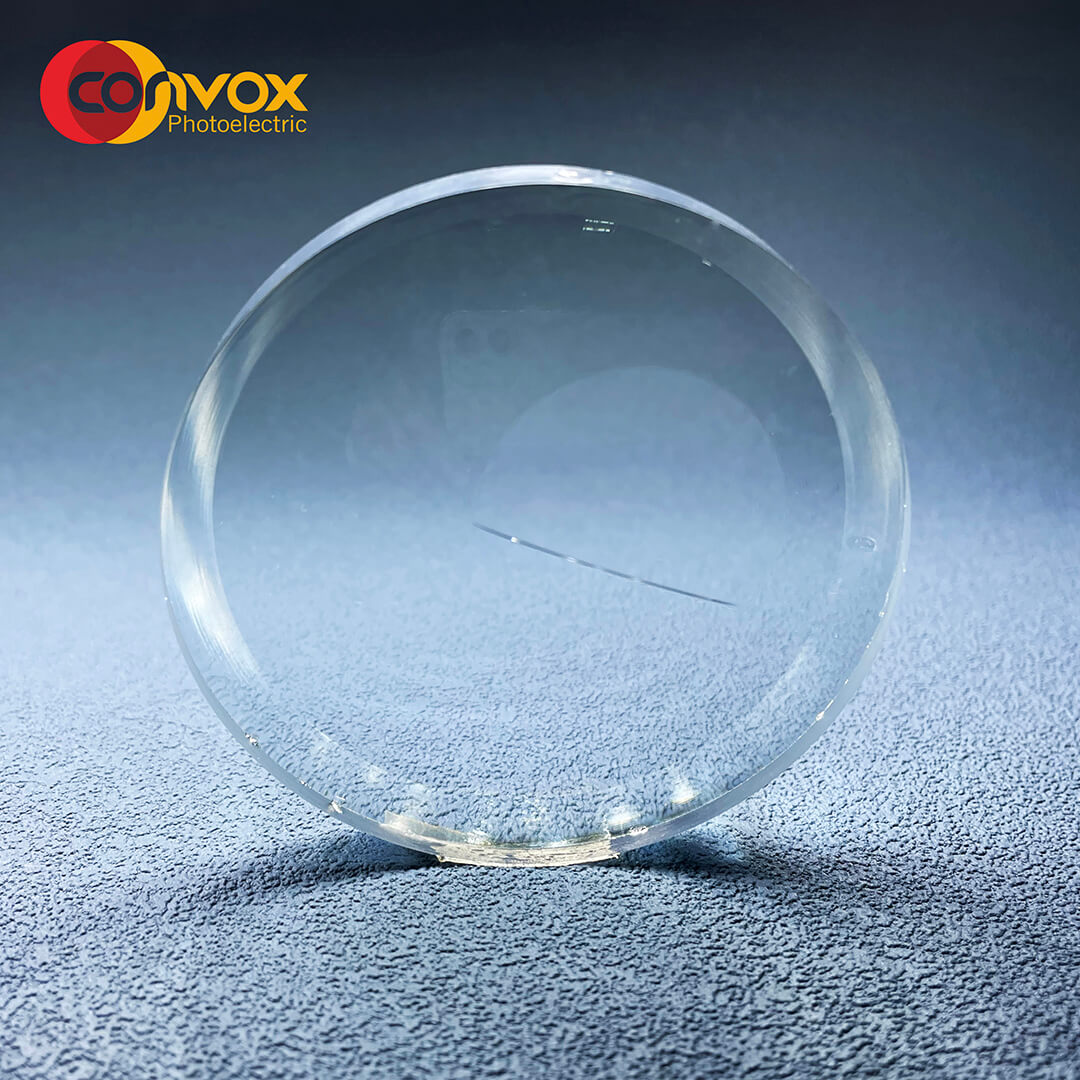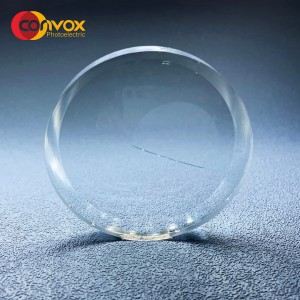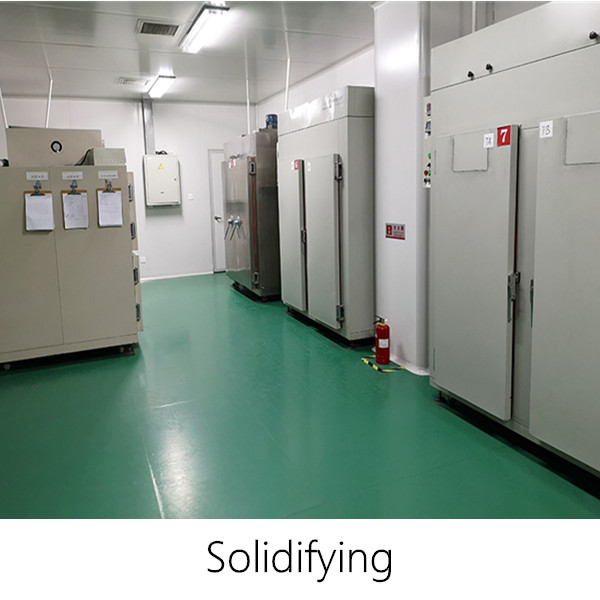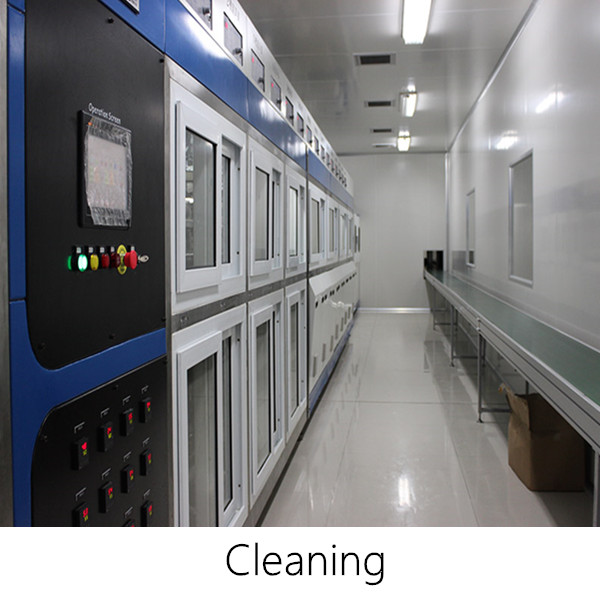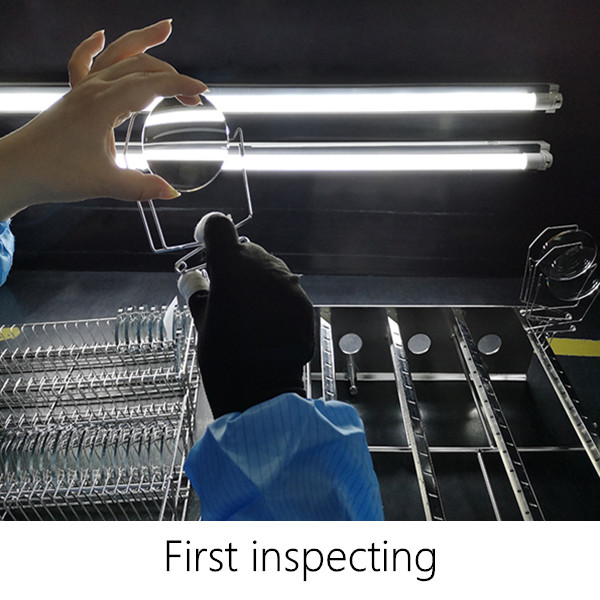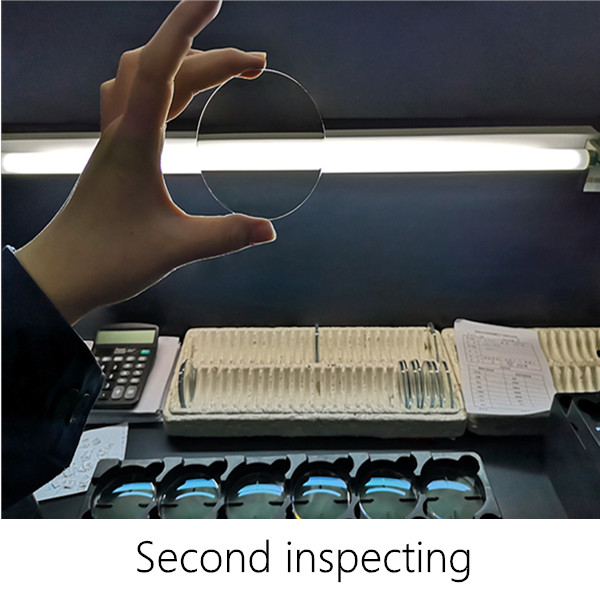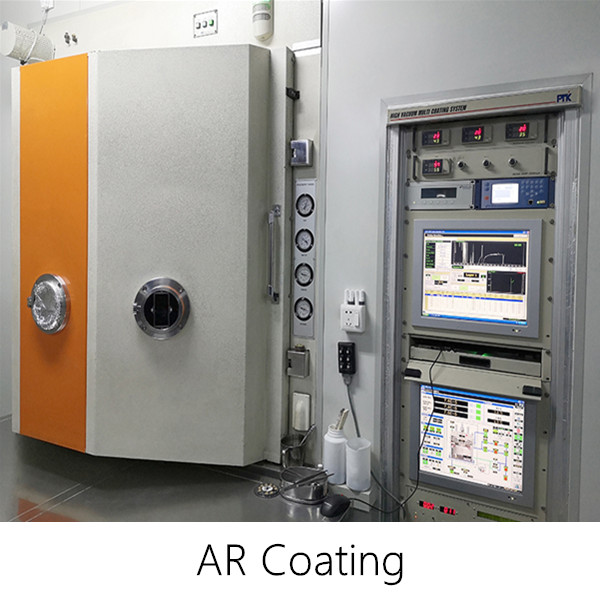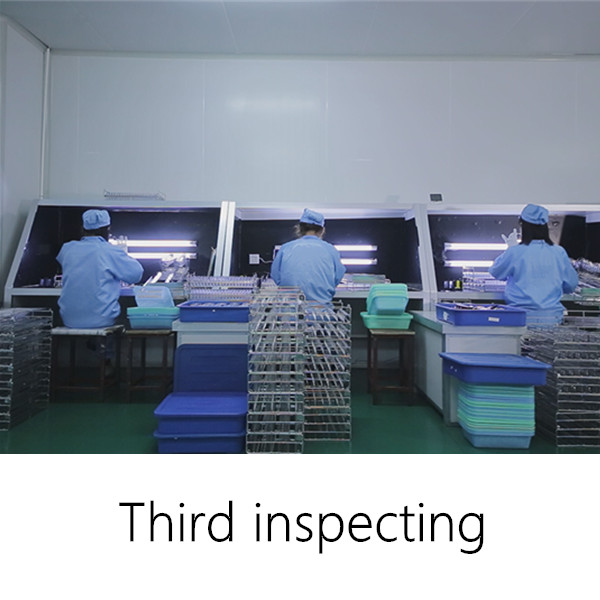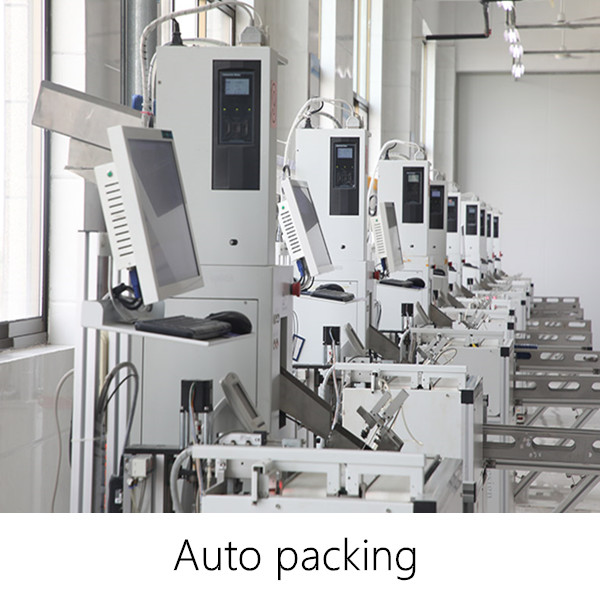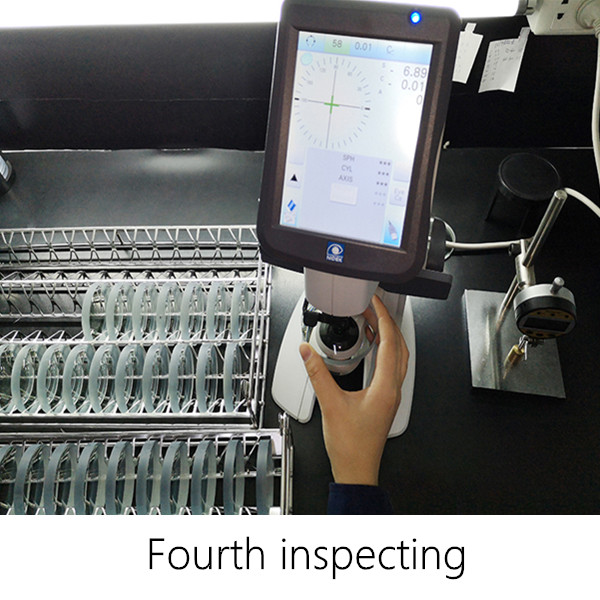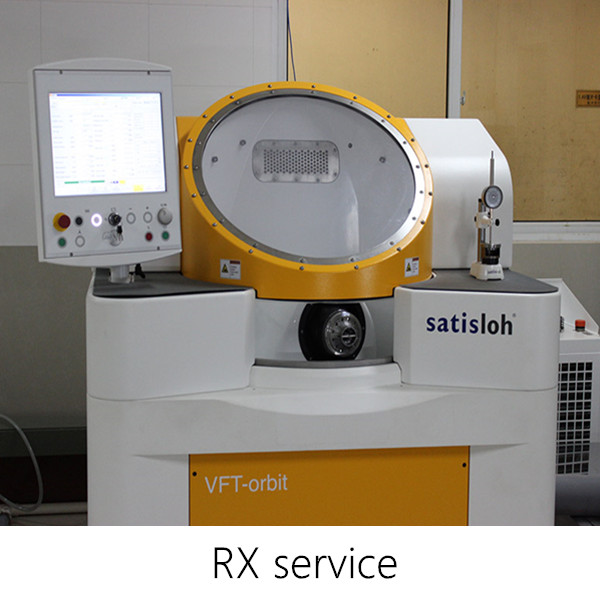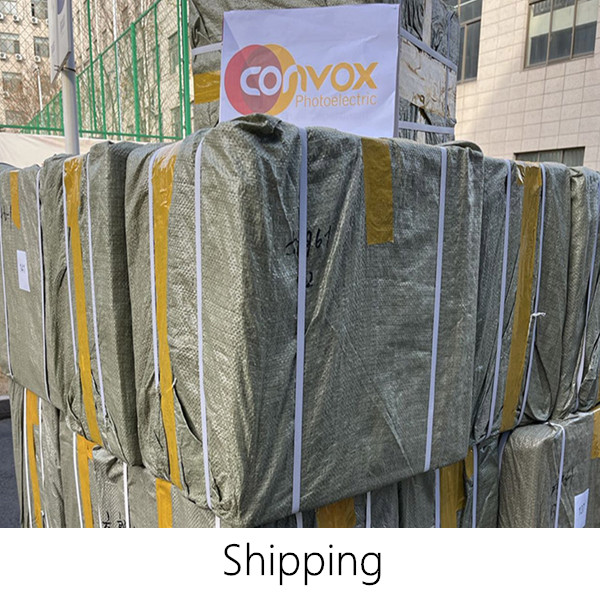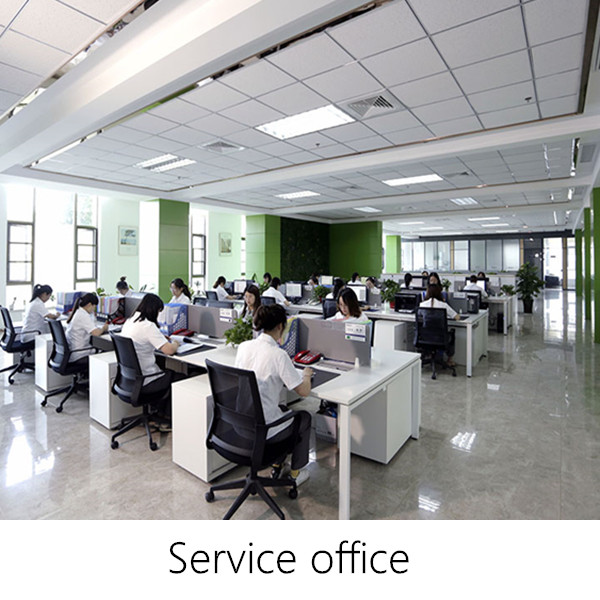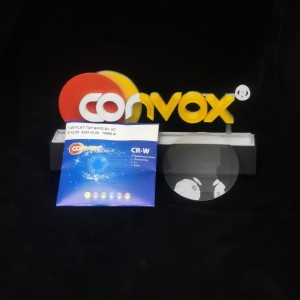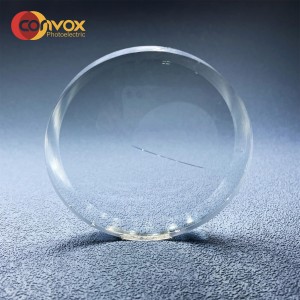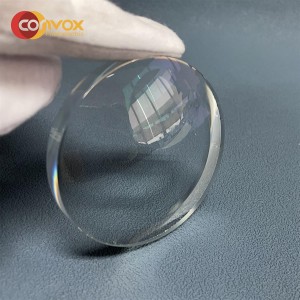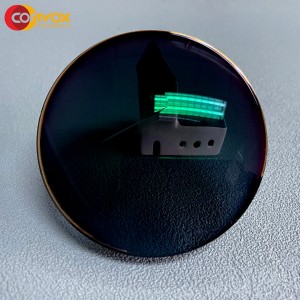1.56 SF semi finished Flat top bifocal Optical Lens
What Products can we Produce?
Index: 1.499, 1.56,1.60, 1.67, 1.71,1.74, 1.76,1.59 PC Polycarbonate
1.Single Vision Lenses
2. Bifocal/Progressive lenses
3. Photochromic Lenses
4. Blue Cut Lenses
5. Sunglasses/Polarized lenses
6. Rx lenses for single vision, bifocal, freeform progressive
AR treatment: Anti-fog, Anti-Glare, Anti-virus, IR, AR coating color.
Products Description
What Are Bifocal Lenses & How Do They Work?
There are many different variations of lenses available today, many of them fulfilling the same purpose or even multiple purposes. In this month’s blog post we will discuss bifocal lenses, how they function, and what the benefits of them are for various vision impairments.
Bifocal eyeglass lenses contain two lens powers to help you see objects at all distances after you lose the ability to naturally change the focus of your eyes due to age, also known as presbyopia. Due to this specific function, bifocal lenses are most commonly prescribed to people over the age of 40 to help compensate for the natural degradation of vision due to the aging process.
Regardless of the reason you need a prescription for near-vision correction, bifocals all work in the same way. A small portion in the lower part of the lens contains the power required to correct your near vision. The rest of the lens usually is for your distance vision. The lens segment devoted to near-vision correction can be one of several shapes:
• A half-moon — also called a flat-top, straight-top or D segment
• A round segment
• A narrow rectangular area, known as a ribbon segment
• The full bottom half of a bifocal lens called the Franklin, Executive or E style
Generally, when wearing bifocal lenses, you look up and through the distance portion of the lens when focusing on points farther away, and you look down and through the bifocal segment of the lens when focusing on reading material or objects within 18 inches of your eyes. This is why the lower bifocal portion of the lens is placed so the line separating the two segments rests at the same height as the wearer’s lower eyelid. If you believe that bifocal lenses, or even more progressive multifocal lenses, may be the right choice for your vision impairment then come into Convox Optical today and our friendly and experienced staff can help guide you to the perfect choice of lens and frames.
| Place of Origin:CN;JIA | Brand Name:CONVOX |
| Model Number:1.56 | Lenses Material:Resin |
| Vision Effect:SF Flat Top Bifocal | Coating:UC/HC/HMC |
| Lenses Color:Clear | Diameter:70mm |
| Index:1.56 | Material:NK-55 |
| SPH:+3.00~-3.00 ADD:+1.00~+3.00 | MOQ:2000 Pair |
| Product Name:1.56 SF FLAT TOP LENS | RX Lens:available |
| Package:White Envelope | Samples Time:1-3 Days |
Production Flow Chart
Detailed Images

Semi Finished Lenses
Semi-finished lens is the raw blank used to produce the most individualized RX lens according to thepatient's prescription. Different prescription powers request for different semi-finished lens types or base curves.
The semi-finished lenses are produced in a casting process. Here, liquid monomers are first poured into moulds. Various substances are added to the monomers, e.g. initiators and UV absorbers. The initiator triggers a chemical reaction that leads to hardening or "curing" of the lens, while the UV absorber increases the UV absorption of the lenses and prevents yellowing.
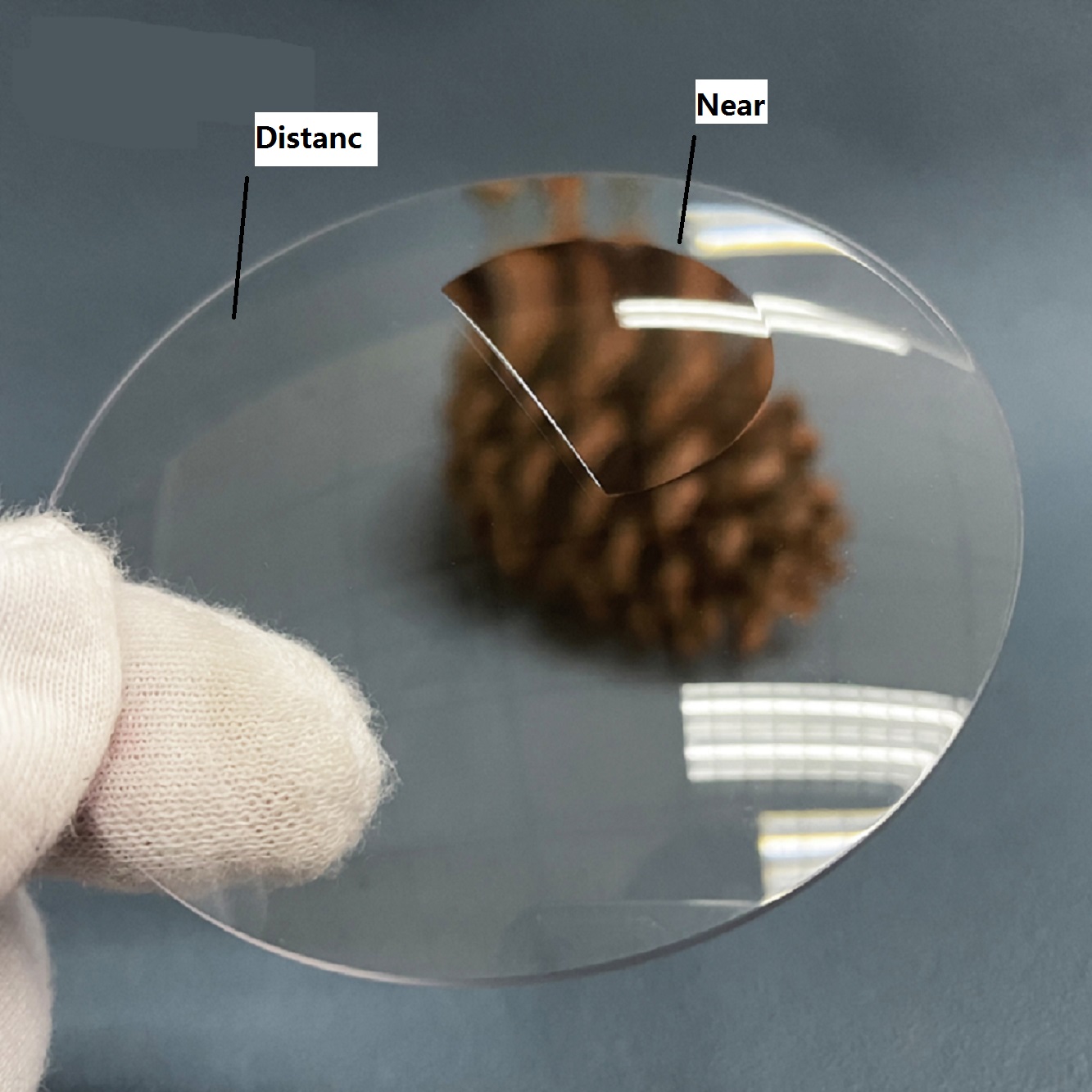
Description
As people age, they may find that their eyes are not adjusting to distances as they used to. When people inch closer to forty, the lens of the eyes begin to lose flexibility. It becomes difficult to focus on close objects. This condition is called presbyopia. It can be managed to a large extent with the use of bifocals.
Bifocal (also can be called Multifocal) eyeglass lenses contain two or more lens powers to help you see objects at all distances after you lose the ability to naturally change the focus of your eyes due to age.
The lower half of a bifocal lens contains the near segment for reading and other close-up tasks. The rest of the lens is usually a distance correction, but sometimes has no correction at all in it, if you have good distance vision.
When people inch closer to forty, they may find that their eyes are not adjusting to distances as they used to, the lens of the eyes begin to lose flexibility. It becomes difficult to focus on close objects. This condition is called presbyopia. It can be managed to a large extent with the use of bifocals.
Product Feature
How bifocal lens work
Bifocal lenses are perfect for people suffering from presbyopia- a condition in which a person experiences blurred or distorted near vision while reading a book. To correct this problem of distant and near vision, bifocal lenses are used. They feature two distinct areas of vision correction, differentiated by a line across the lenses. The top area of the lens is used for seeing distant objects while the bottom part corrects the near-vision
1. One lens with two points of focus, don't need change glasses when looking far and near.
2. HC / HC Tintable / HMC / Photochromic / Blue Block/ Photochromic Blue Block all available.
3. Tintable to various fashionable colors.
4. Customized service, prescription power available.
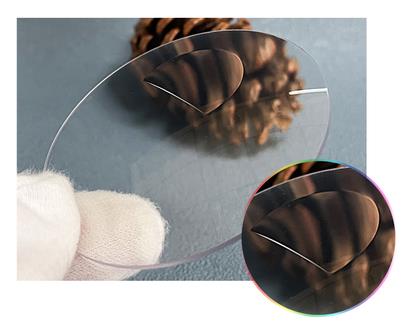
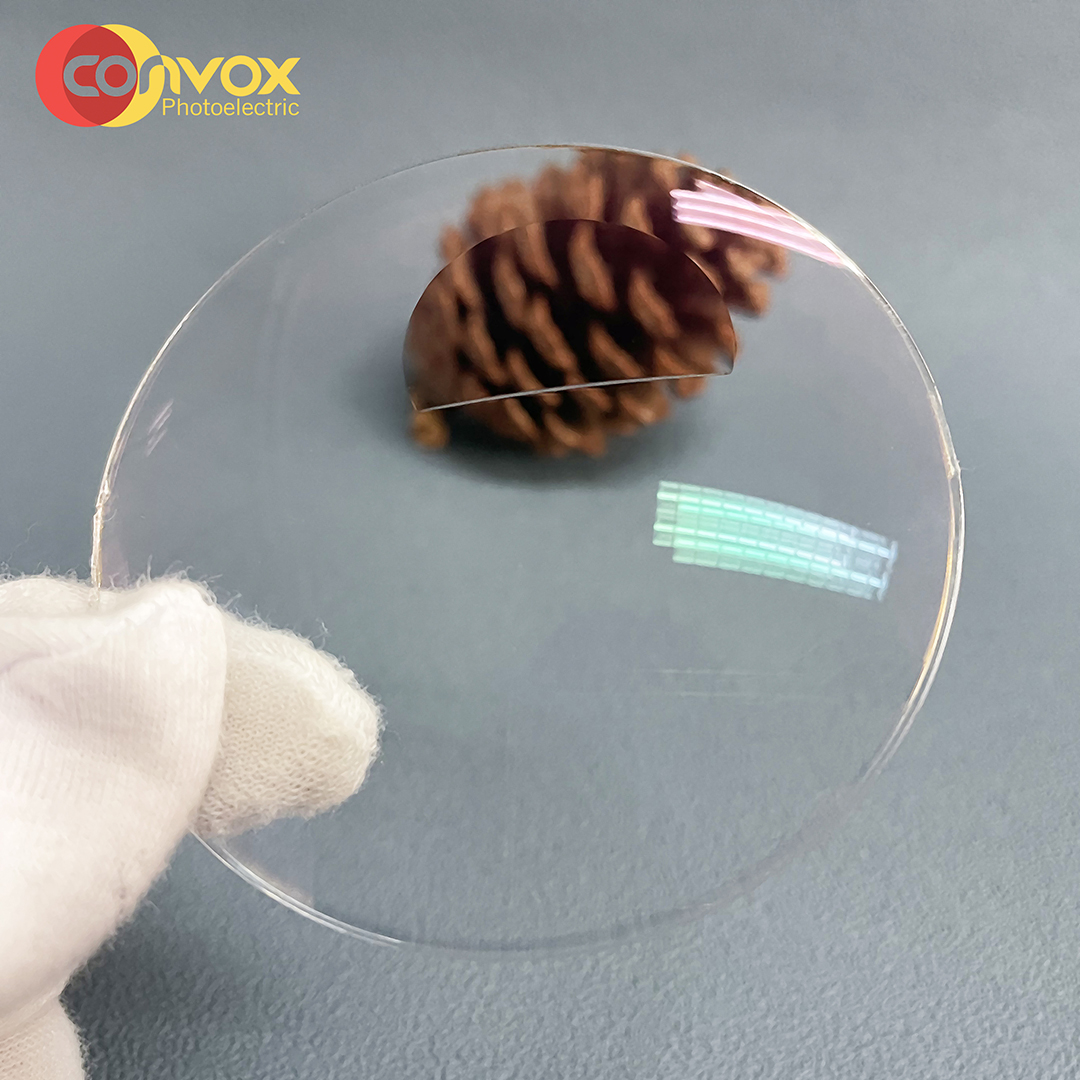
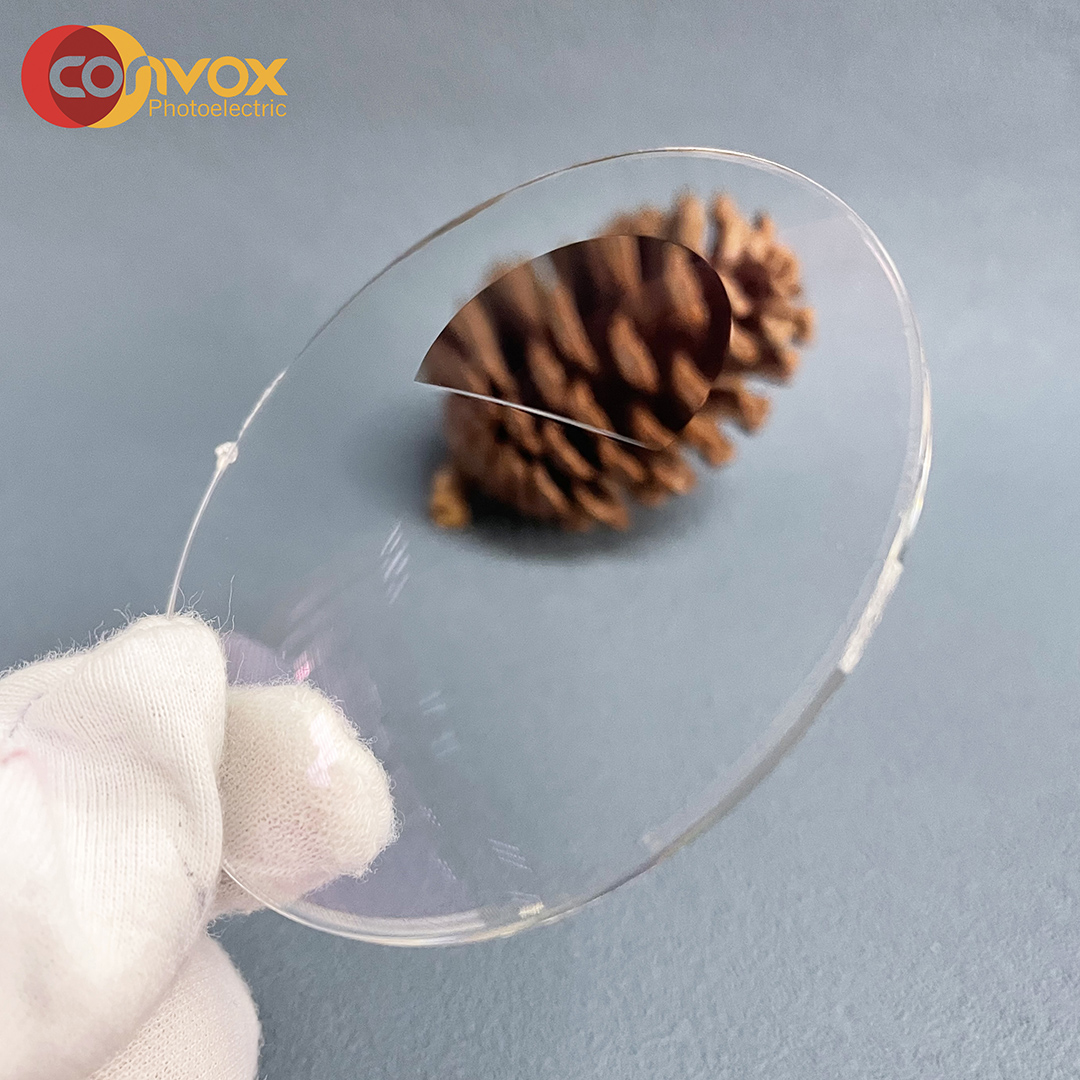
Product packaging
- Packaging Details
1.56 hmc lens packing:
envelops packing (For choice):
1)standard white envelops
2)OEM with customer's LOGO, have MOQ requirement
cartons: standard cartons:50CM*45CM*33CM(Every carton can include around 500 pairs lens,21KG/CARTON)
Port:SHANGHAI
Shipping & Package
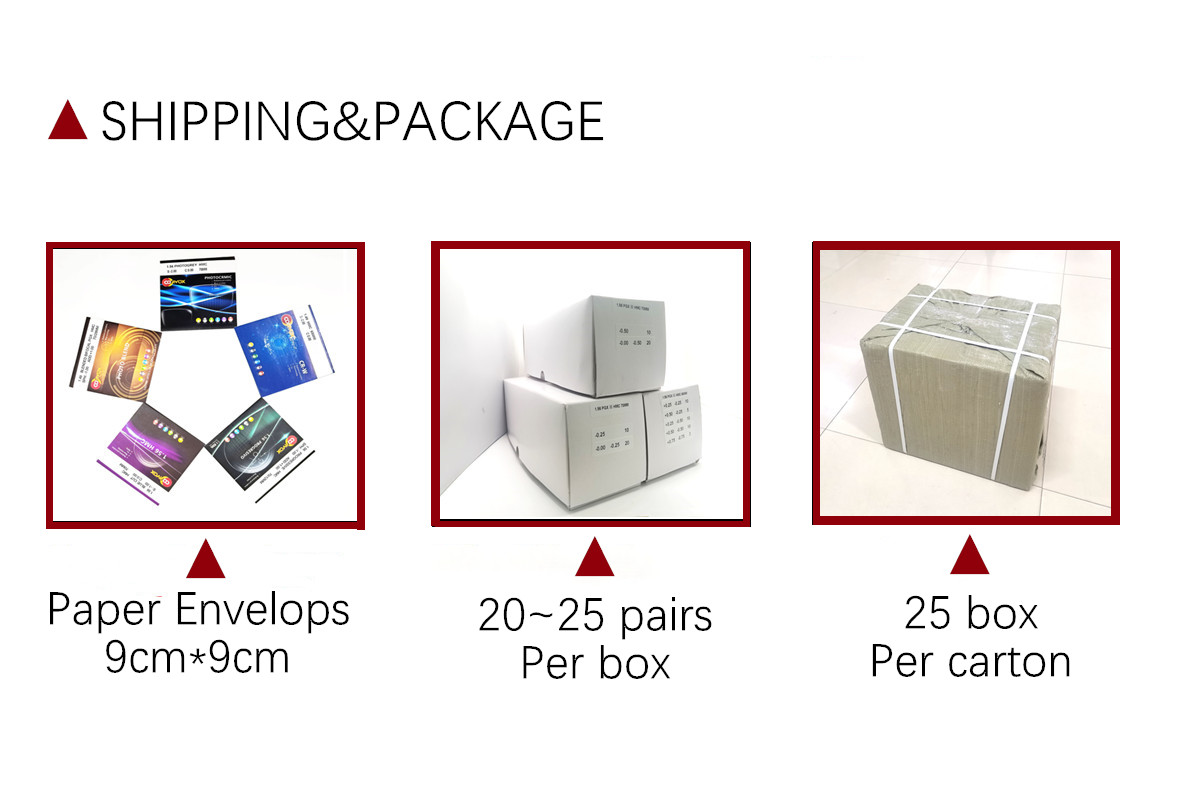
About Us

Certificate

Exhibition
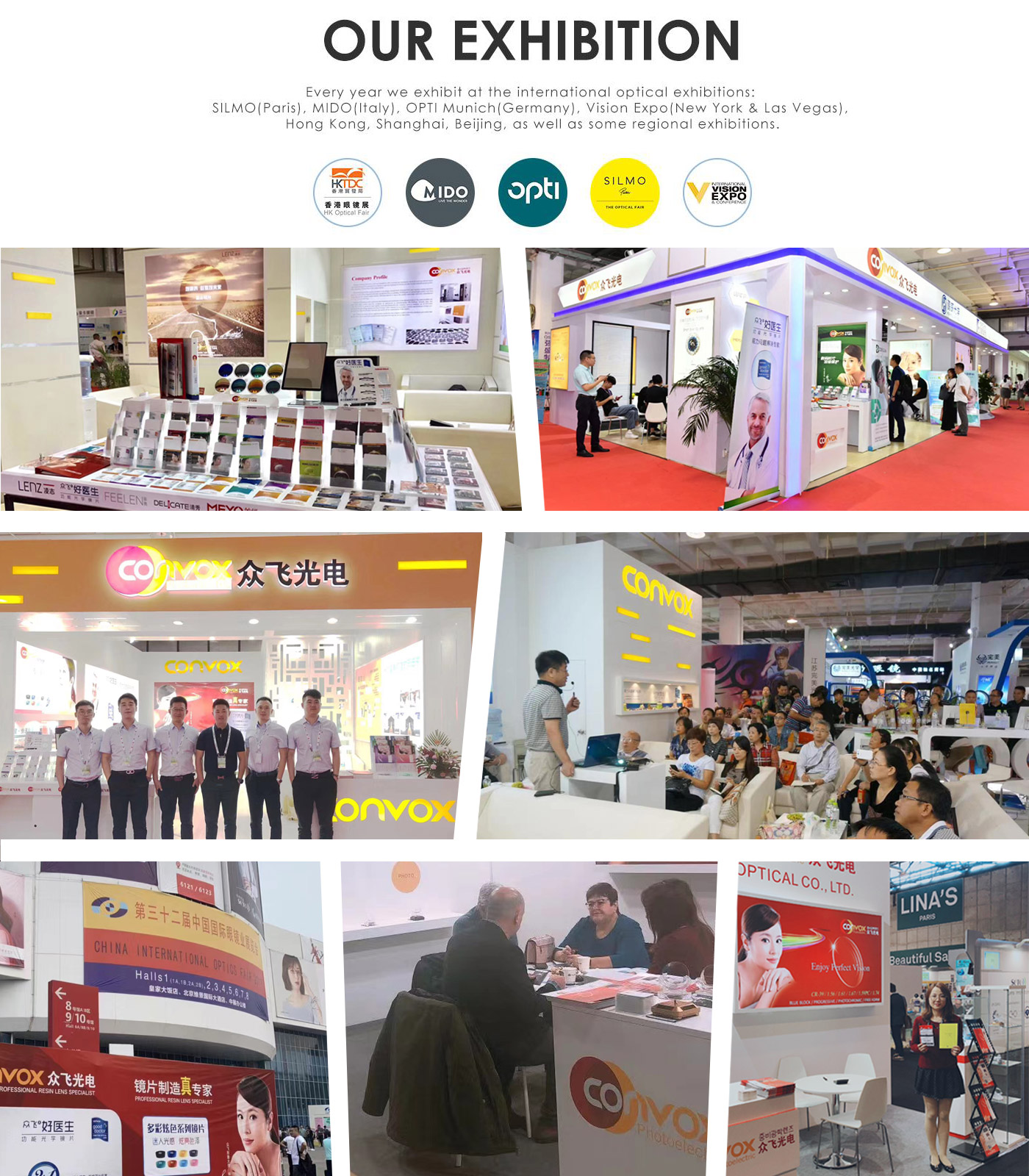
Our Products Testing

Quality Checking Procedure

FAQ


